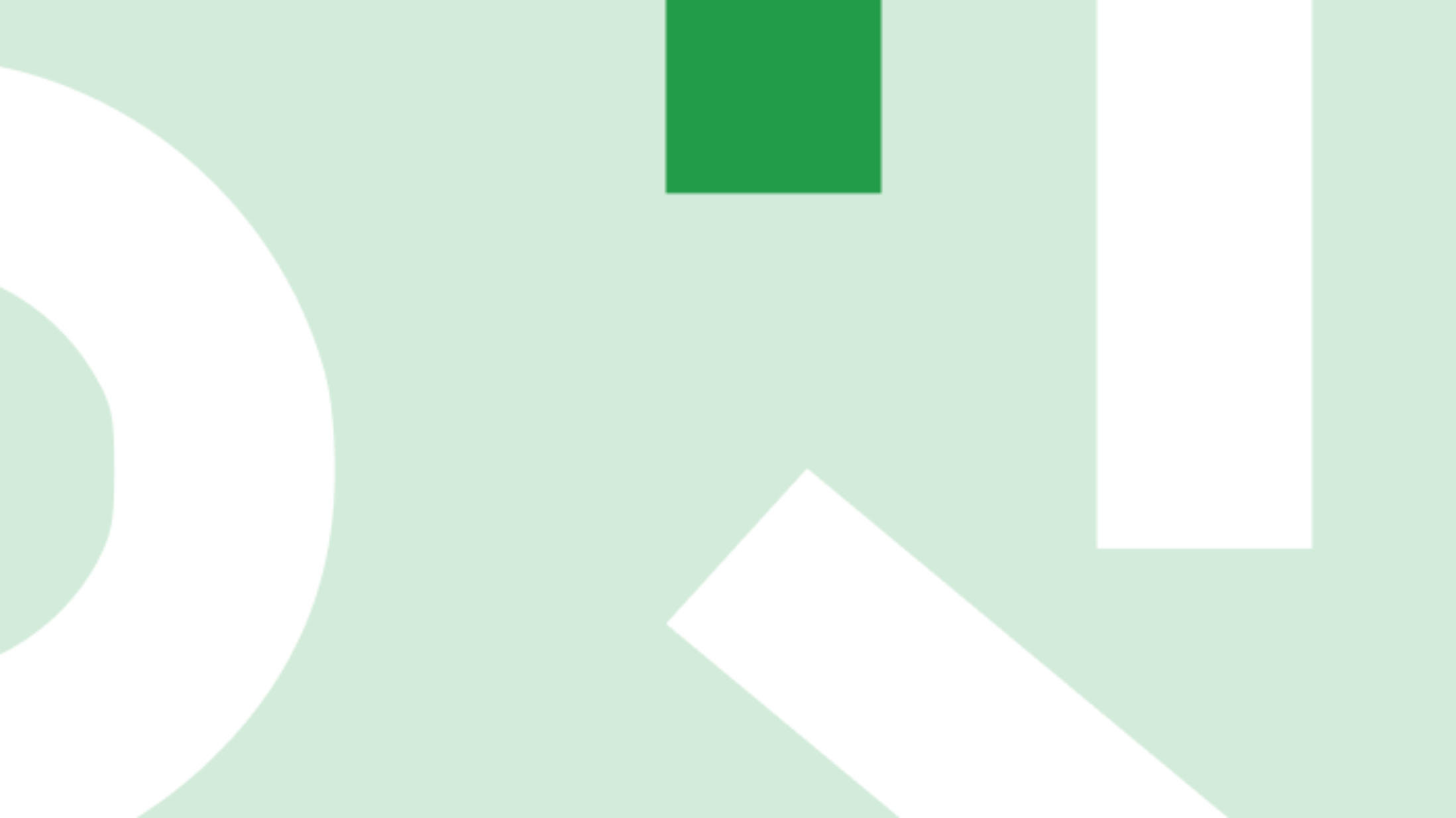Long range transport in ac-driven quantum dot arrays
DIPC Seminars
- Speaker
-
Prof. Gloria Platero, Department of Theory, Modeling and Simulation of Materials Instituto de Ciencia de Materiales del CSIC, Madrid
- When
-
2018/04/24
14:00 - Place
- Donostia International Physics Center
- Add to calendar
-
iCal
 Quantum dots have shown to be ideal solid state systems for hosting charge and
spin qubits.
Manipulation of qubits in GaAs double quantum dots has been exhaustively
investigated.
Recently experimental implementation of quantum dot arrays with increasing
number of dots
has allowed to achieve new phenomena[1].
Different transport experiments in triple quantum dots have unambiguously
shown direct
electron transfer between the outer dots without the participation of the
intermediate region
other than virtual, thus minimizing the effect of decoherence and relaxation
[2-4]. In the
presence of ac driving, direct transfer of electrons between distant dots
takes place by means of
photo-assisted virtual transitions [3,5]. Interestingly, by means of this
mechanism, direct
transfer of heat and energy between the outer dots in a quantum dot array has
also been
proposed [6].
In the present talk I will review the theoretical models and experimental
evidence of long range
quantum transfer in semiconductor quantum dot arrays and I will discuss how
quantum
interferences of virtual paths give rise to dark states in transport. I will
focus on the effect of
different configurations of ac electric fields in the long range transport
properties. I will show
as well a protocol for preparing a quantum state at the left edge of a triple
quantum dot and
directly transferring it to the right edge by means of ac gate voltages. In
this protocol the
controlled generation of dark states by ac gate voltages [5,7] allows to
minimize the
decoherence in the transfer process [7]. Finally, I will discuss other
mechanisms which allow
for long range charge transfer as coherent transfer by adiabatic passage
(CTAP).
The proposed protocols for charge and quantum state transfer offer alternative
and robust
mechanisms for quantum information processing.
**References**
[1] D.M. Zajac et al., Phys. Rev. Applied 6, 054013 (2016).
[2] M. Busl et al., Nature Nanotech, 8, 261 (2013).
[3] F. Braakman et al., Nature Nanotech, 8, 432 (2013).
[4] R. Sánchez et al., Phys. Rev. Lett.,112, 176803 (2014).
[5] F. Gallego-Marcos, R. Sánchez, and G. Platero, Phys. Rev. B 93, 075424
(2016).
[6] F. Gallego-Marcos and G. Platero, Phys. Rev. B, 95, 075301 (2017).
[7] J. Picó-Cortés, F. Gallego-Marcos, and G. Platero, in preparation
Quantum dots have shown to be ideal solid state systems for hosting charge and
spin qubits.
Manipulation of qubits in GaAs double quantum dots has been exhaustively
investigated.
Recently experimental implementation of quantum dot arrays with increasing
number of dots
has allowed to achieve new phenomena[1].
Different transport experiments in triple quantum dots have unambiguously
shown direct
electron transfer between the outer dots without the participation of the
intermediate region
other than virtual, thus minimizing the effect of decoherence and relaxation
[2-4]. In the
presence of ac driving, direct transfer of electrons between distant dots
takes place by means of
photo-assisted virtual transitions [3,5]. Interestingly, by means of this
mechanism, direct
transfer of heat and energy between the outer dots in a quantum dot array has
also been
proposed [6].
In the present talk I will review the theoretical models and experimental
evidence of long range
quantum transfer in semiconductor quantum dot arrays and I will discuss how
quantum
interferences of virtual paths give rise to dark states in transport. I will
focus on the effect of
different configurations of ac electric fields in the long range transport
properties. I will show
as well a protocol for preparing a quantum state at the left edge of a triple
quantum dot and
directly transferring it to the right edge by means of ac gate voltages. In
this protocol the
controlled generation of dark states by ac gate voltages [5,7] allows to
minimize the
decoherence in the transfer process [7]. Finally, I will discuss other
mechanisms which allow
for long range charge transfer as coherent transfer by adiabatic passage
(CTAP).
The proposed protocols for charge and quantum state transfer offer alternative
and robust
mechanisms for quantum information processing.
**References**
[1] D.M. Zajac et al., Phys. Rev. Applied 6, 054013 (2016).
[2] M. Busl et al., Nature Nanotech, 8, 261 (2013).
[3] F. Braakman et al., Nature Nanotech, 8, 432 (2013).
[4] R. Sánchez et al., Phys. Rev. Lett.,112, 176803 (2014).
[5] F. Gallego-Marcos, R. Sánchez, and G. Platero, Phys. Rev. B 93, 075424
(2016).
[6] F. Gallego-Marcos and G. Platero, Phys. Rev. B, 95, 075301 (2017).
[7] J. Picó-Cortés, F. Gallego-Marcos, and G. Platero, in preparation
